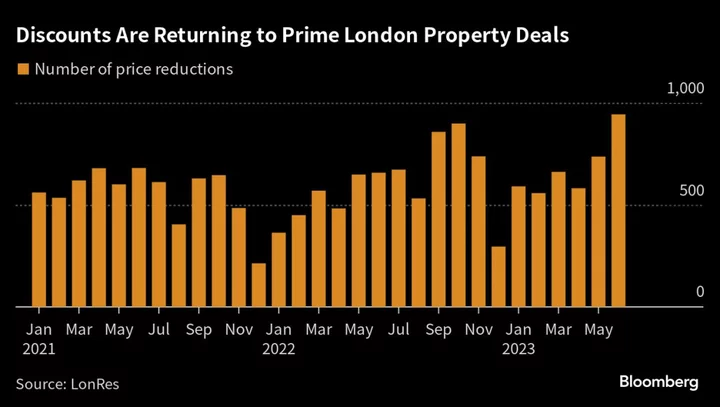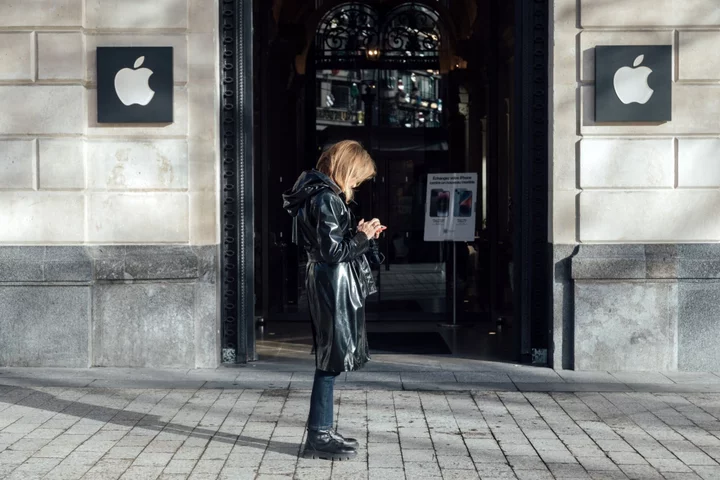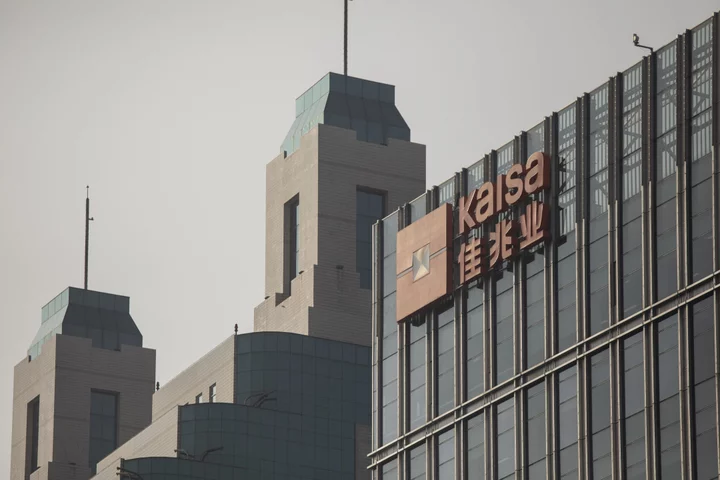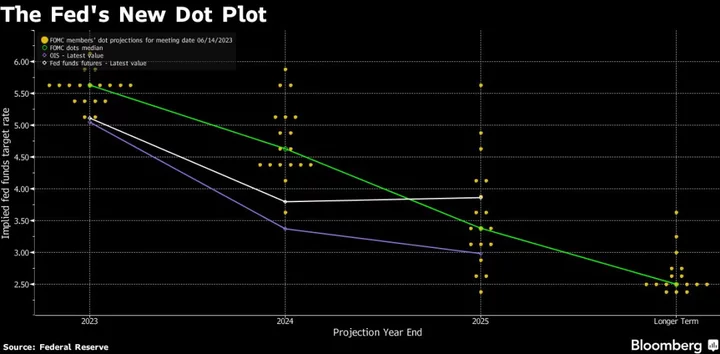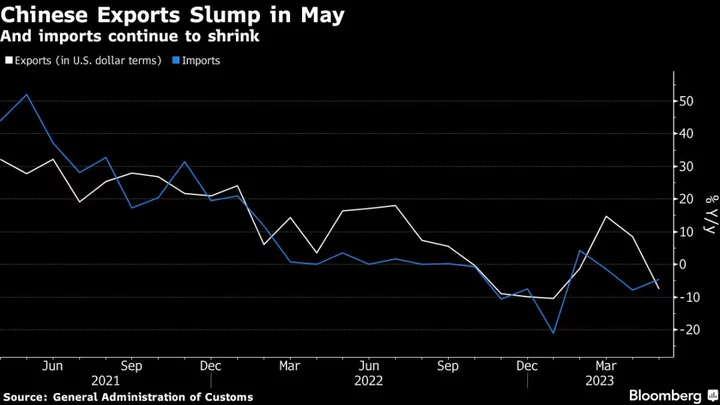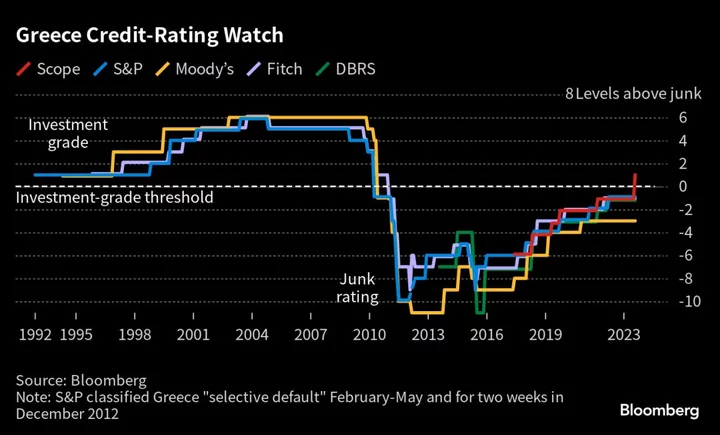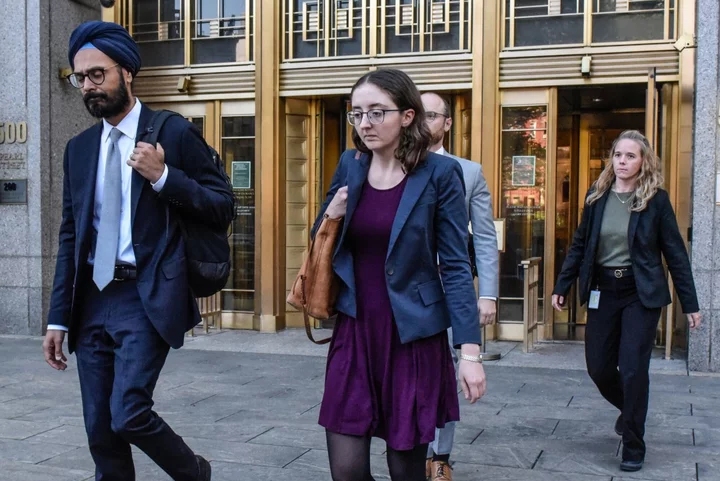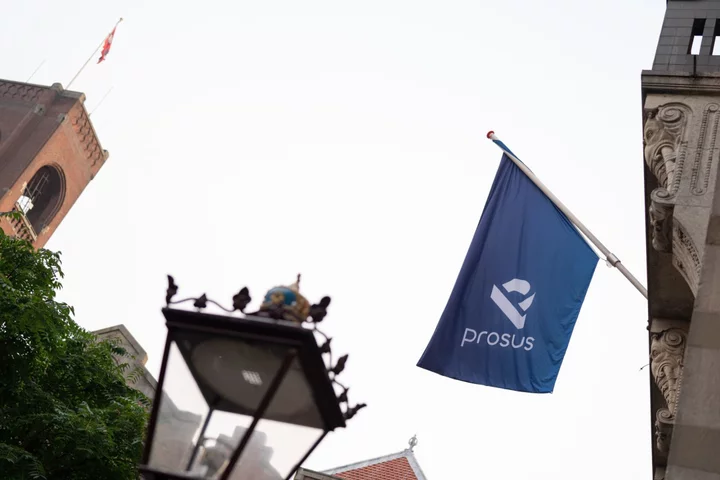Even London’s wealthiest homebuyers are shying away from deals as a cocktail of pricier borrowing and political uncertainty spooks the city’s real estate market.
Transaction volumes across prime London — which includes the capital’s most affluent postcodes — dropped about 20% in the first half of 2023 compared to last year, according to data compiled by researcher LonRes. Deals priced at £5 million ($6.5 million) or more tumbled the most, as wealthy homebuyers wait for signals on whether the next UK government will shake up housing policy.
“We are hearing anecdotal reports of buyers expressing nervousness around the political situation and expectations of a change in government,” said Nick Gregori, head of research at LonRes. “Combined with the economic outlook and forecasts of price falls, it is no surprise that some people are in no rush to buy this year.”
Millions of UK homes have declined in value this year on the back of a triple whammy of pricey borrowing, economic uncertainty and the worst cost-of-living crisis in a generation. The average two-year and five-year fixed-rate mortgages have both surged above 6% this summer, with the former hitting its highest level since 2008 this week.
Meanwhile, as the clock ticks down toward a general election due by January 2025, the opposition Labour Party’s double-digit polling lead may concern some wealthier homebuyers. Lisa Nandy, Labour’s spokeswoman for housing policies, said in May that the party was considering reserving some sales in new developments to first-time buyers and banning overseas residents — who make up a significant deal of prime London sales — from purchasing more than 50% of properties in a project.
The share of new homes sold in advance of completion in London — a type of deal popular with foreign buyers — dropped to 44% last year, tumbling from a peak of 71% in 2016, according to broker Hamptons International. At the same time, the proportion of investors purchasing homes across England and Wales dived to 21% from 70% in 2015, when a buying spree was underway before the introduction of a stamp duty surcharge on second homes in 2016 damped demand.
Still, the number of prime London properties going under offer in June — billed as a leading sales indicator by LonRes — was 6.3% higher than the same month in 2022, signalling a potential uptick in deals later this year. What’s more, the number of price reductions registered in the first half of 2023 is almost double the amount recorded in the same period last year, suggesting a motivation among some vendors to sell in anticipation of a significant house price decline.
However, properties took 100 days to go from under offer to exchanging hands between April and June, the report said, compared with 82 days in the same quarter of 2021. That’s as the number of withdrawn home offers grew 8% year-on-year to 493 in June, while the amount of deals falling through also climbed 4% in the same period.
“Buyers are still out there and they are keeping the market moving and underpinning values – at least for now,” LonRes’s Gregori said. However, “it’s difficult to ignore the turmoil in the mortgage market, which is set against an uncertain economic backdrop.”

